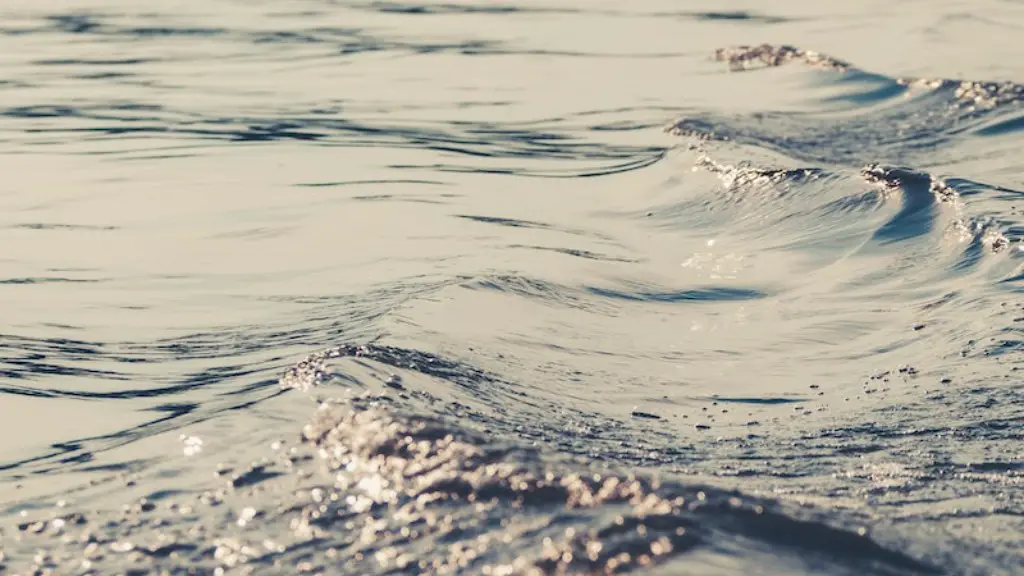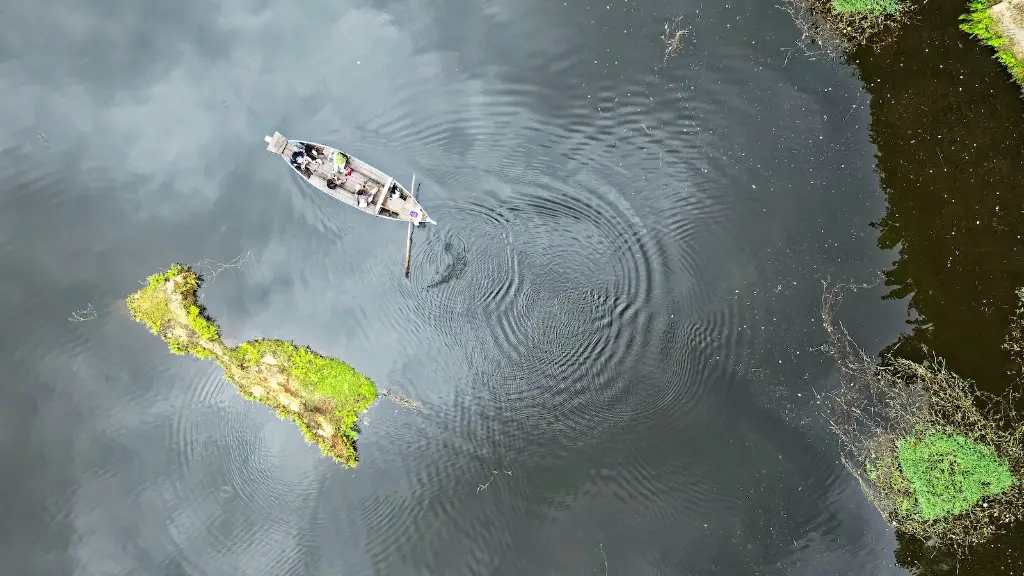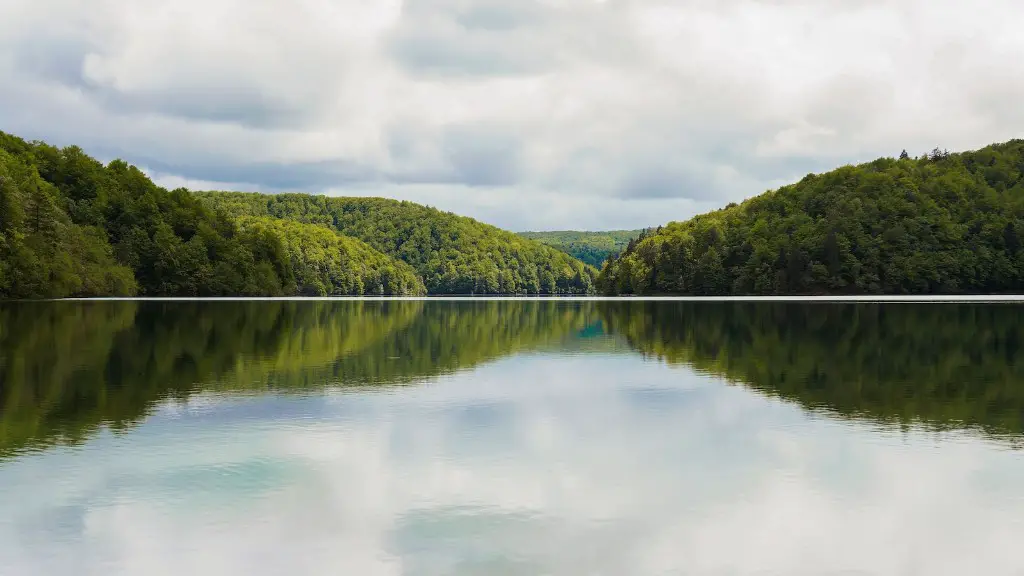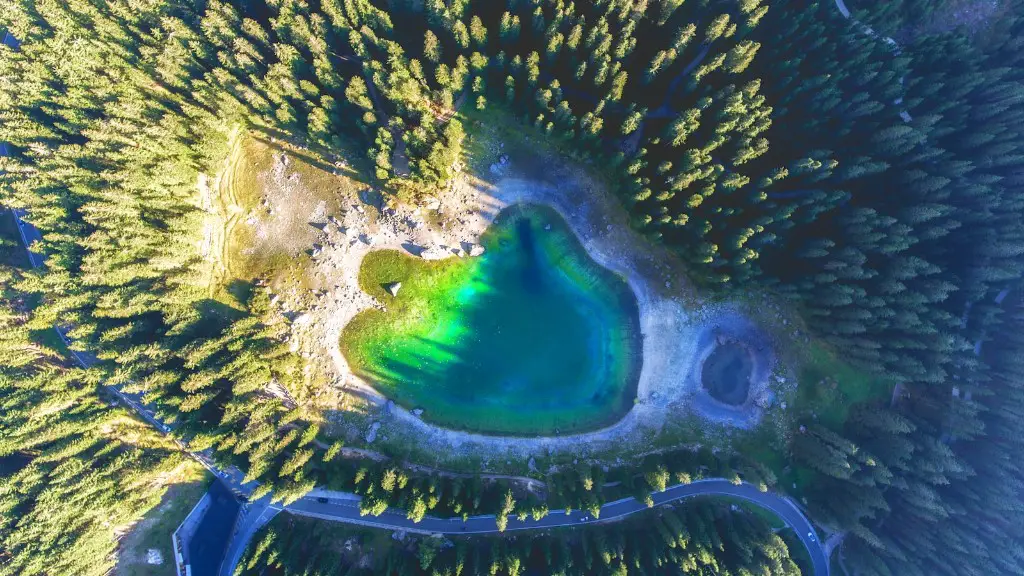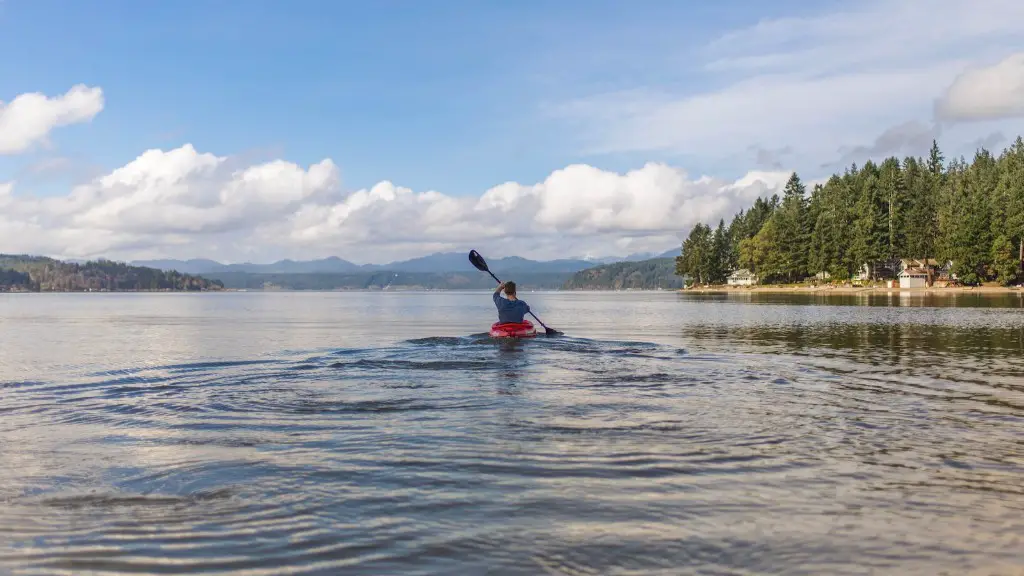The presence of Asian carp in Lake Michigan has been a growing concern for fishermen and boaters over the past several years. An area of particular concern is the potential for these invasive fish to displace native species, negatively impacting the lake’s ecology and over-all fishery.
Asian carp are native to East and Central Asia, including countries such as India, Pakistan and China. These fish, which include the Bighead, Black, Grass and Silver Carps, have made their way to the United States and while they typically prefer larger, slower moving rivers and associated wetlands, they are creating a sense of caution and concern in the Great Lakes region. In particular, Asian Carp now inhabit the Illinois River and its tributaries, the Mississippi River and waters connected to them.
A major concern of fishing and boating enthusiasts is that these invasive species will travel into Lake Michigan and compete for food and space with native fish species. To make matters worse, as the silver carp are known for jumping out of the water when disturbed, some fear injuries or worse in Great Lakes waters by flying Asian carp. In addition, Asian carp are considered highly adaptable and can consume a large amount of plankton and threaten the food we supply of many of the Great Lakes native species.
Experts are unsure of the full range of effects that Asian carp have had in other bodies of water such as the Illinois River and Mississippi River, or what their presence could mean for Lake Michigan and its associated watersheds. Some studies suggest that an abundant presence of Asian carp may change aquatic communities, while others have found that Native species can survive alongside them in some cases. Despite these varying opinions, there are concerns that the introduction of Asian carp could have an effect on the Lake Michigan fishery.
Educational campaigns intended to inform the public of the risks associated with Asian carp and their potential impact on native species are underway in the Great Lakes region. In addition, the United States Fish and Wildlife Service has been tracking the locations of Asian carp and monitoring the ecological of the waters that they inhabit. While some Asian carp have been caught within 8 miles of Great Lakes waterways, to date, no carp have been found in Lake Michigan.
Despite the lack of a known presence in the Great Lakes, scientists and government agencies continue to worry about the potential for Asian carp to develop a foothold in the region. While some of the concerns about Asian carp are exaggerated, the potential ecological and economic impact of an Asian carp invasion is real, and it is likely to have a significant effect on the Lake Michigan Fishery. As a result, it is important to remain vigilant in learning more and identifying ways to reduce the potential spread of these invasive species.
Asian Carp Migration Control
Control of the migration of Asian carp is a key component of preventing the spread of the species and ensuring that Lake Michigan remains a healthy ecosystem. Prevention efforts, such as finding potential pathways of migration and placing barriers around them, are being undertaken at multiple locations. In addition, scientists are working to develop more effective methods of controlling the movement of carp beyond the existing barriers. These include methods such as the use of deterrents, traps and alarms to reduce the movement of Asian carp and their associated ecological impacts.
Various strategies have been proposed to control the spread of Asian carp in the future, some of which are based on the adaptation of current technologies. For example, the use of sound waves to scare off carp from an area has been discussed, as this could be an effective way to keep a large number of carp away from a certain location. Additional research is being undertaken to look further into the potential of this and other methods.
The US Army Corps of Engineers, US Fish and Wildlife Service and the Great Lakes Commission, in conjunction with academics and other scientists, are part of an interagency effort to monitor and manage the movement of Asian carp into the Great Lakes region. This effort involves the creation of a database of potential migration pathways and potential control measures, as well as conducting research into potential solutions to the Asian carp migration problem.
Management of Asian Carp in the Great Lakes
The success of initiatives such as the monitoring and tracking of Asian carp are dependent on the able management of the species in the Great Lakes region. This includes actively supporting the spread of existing strategic prevention measures, as well as actively banning the introduction of Asian carp into the region.
Education campaigns targeted towards citizens and industries in the region are also being undertaken in order to increase awareness and reduce the risk of carp being introduced into the Great Lakes. This includes awareness campaigns about the risks associated with live fishing bait and the need for proper disposal of any used bait.
In addition to these educational endeavors, other initiatives such as the identification and prevention of areas where carp could be introduced are also in place. For example, the US Fish and Wildlife Service has developed the Risk Analysis Toolbox, an analytical tool to identify potential pathways of introduction to the Great Lakes and guides the design of strategies and actions that reduce those risks.
Catch and release campaigns are also being utilized in certain areas to encourage sportfishing enthusiasts to catch and safely return Asian carp, thereby reducing the risk of their spread. In addition, aquatic vegetation restoration initiatives that provide food and habitat for native species and discourage the presence of Asian carp help to create an environment that supports Lake Michigan’s native species.
Removing Asian Carp From Waters
Another key component of preventing the spread of Asian carp is active removal efforts. Government agencies, with assistance from private sector companies, are engaging in carp removal efforts via means such as fishing and netting. These efforts have proven successful in reducing the population of Asian carp in certain waters, though their sustainability is yet to be determined.
Various techniques have been utilized to remove Asian carp, including the use of specialized nets and electric fishing rigs. These techniques are being used in areas where a population of carp has been identified and helps to target the large individuals and reduce the population quickly. In addition, carp removal can be supplemented by broader aquatic restoration efforts, such as the replication of native vegetation that serves as food and habitat for native species.
Notably, the removal of carp should be undertaken after the implementation of control strategies, such as preventing the introduction of carp from other sources and controlling the existing population. Carp removal should also be completed in tandem with efforts that focus on the restoration of native species, providing food and habitat and allowing native species to rebound in the absence of Asian carp.
Should Asian Carp Be Eaten?
Given their abundance in areas such as the Illinois River, some have raised the question of whether Asian carp could be appropriate for human consumption. The edible carp species and their use as human food have traditionally been consumed in Asia and some see potential for the species to be a sustainable food source in the US.
Various efforts to identify the most appropriate species and methods of preparation have been undertaken in order to make Asian carp more suitable for human consumption. An important factor in the consideration of Asian carp as a viable food source is that the species themselves are native to Asia, and therefore, any effort to make them suitable for human consumption should focus on traditional methods of processing and preparation.
In addition, carefully-planned efforts for carp fishing are necessary, as the population of all species of carp must be managed responsibly to ensure their long-term sustainability. As of now, many questions remain not only about how to most effectively process and prepare the species, but also, how best to manage the population and ensure that it is kept at a sustainable level.
Economic Impacts
In order to understand the true potential of Asian carp as a food source and an economic resource, the potential economic impacts of the species must be taken into consideration. While the presence of Asian carp has been seen as a threat to native ecosystems and fisheries, the species can also provide economic benefits, particularly in cases where the carp is harvested on a commercial basis or used as a food resource.
In the US, some areas of the Midwest have begun to consider the potential of an Asian carp industry, as carp fishing could provide much-needed jobs and revenue to a region. These efforts, which focus on harvesting and marketing carp for human consumption, are still in their infancy and are under careful consideration by local populations.
An additional economic consideration is the potential for environmental services that Asian carp could provide. Carp populations absorb nutrients from their environment, and could serve as an important element in various water management efforts. As such, there are potential for carp populations to be utilized in artificial wetland management, the restoration of natural systems, and a variety of other applications.
Conclusion
The presence of Asian carp in the Great Lakes region is a cause for concern, as the species has the potential to disrupt local ecosystems and fisheries. However, the potential impacts of Asian carp can extend beyond this, as the species has the potential to be harvested as a food source and provide other economic services. Thus, the presence of Asian carp in the Great Lakes must be carefully managed and monitored, while potential ways to utilize the species in a sustainable way should be explored.
